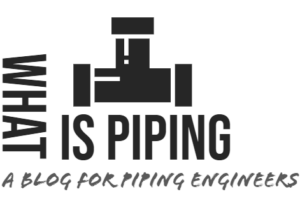Importance of Bourdon Effect, True and Effective Axial Force
Bourdon Effect on Pipelines Bourdon Effect is associated with the pressure elongation of the piping and pipeline systems. In piping and pipeline systems, elbows or bends are frequently used for...
